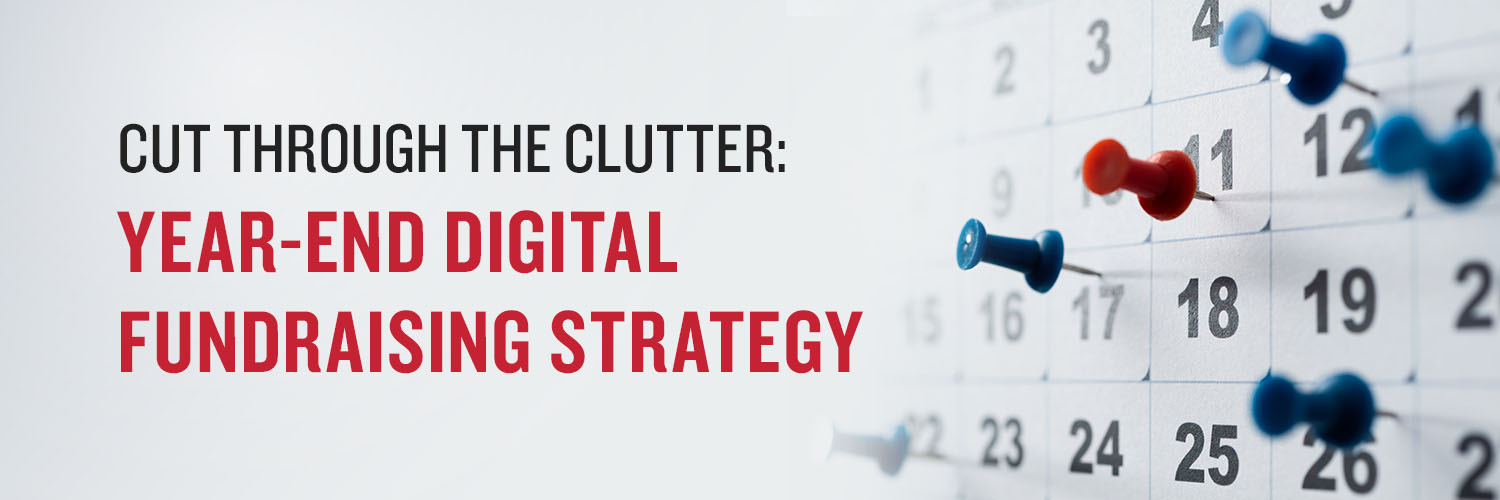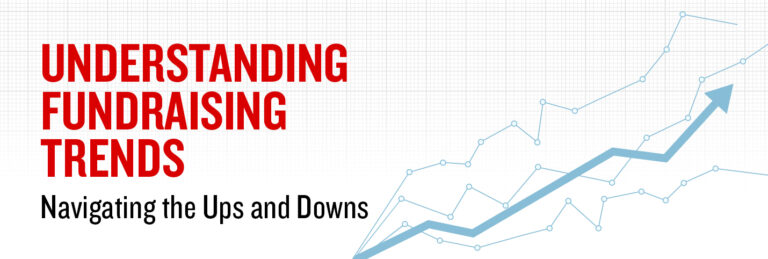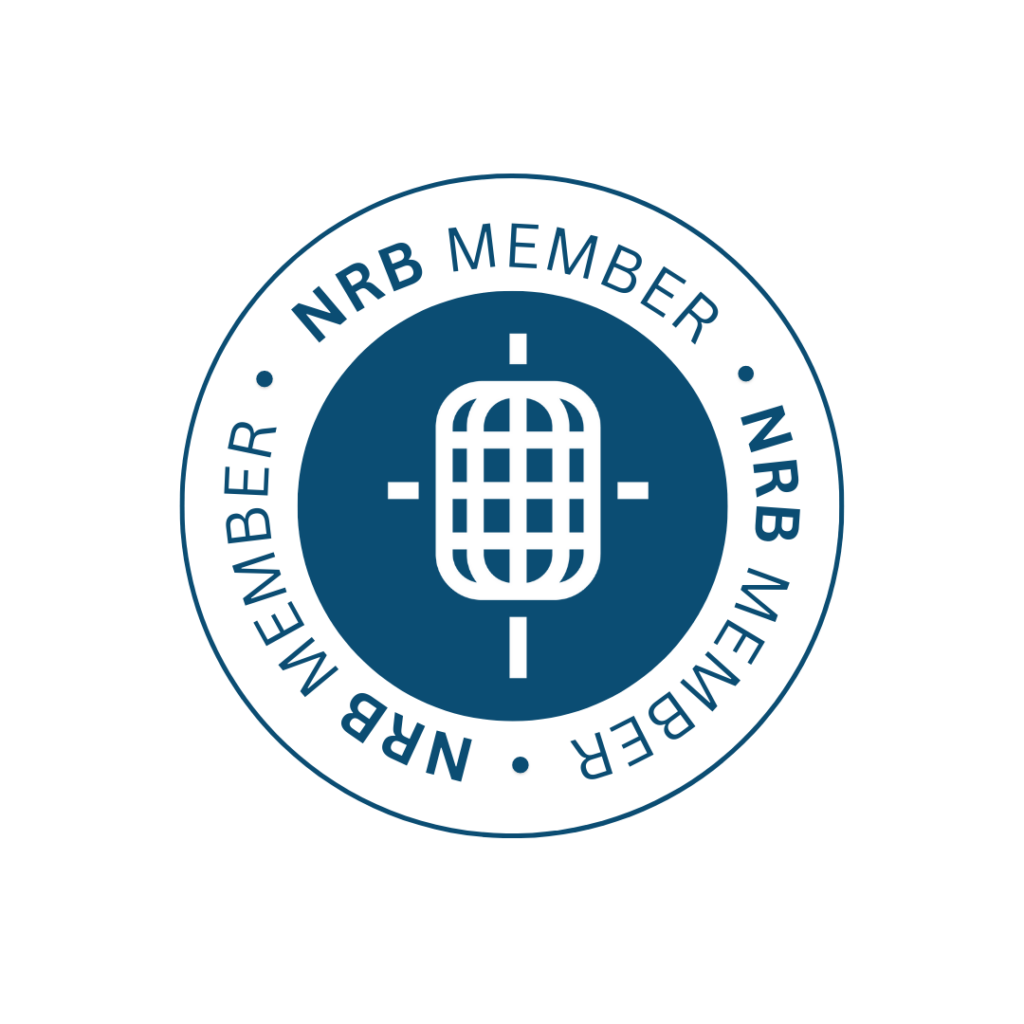Cut Through the Clutter: Year-End Digital Fundraising Strategy
Amy Sewell | Senior Vice President of Digital Solutions
Before you know it, December will be here. And after many years of serving in the fundraising world, I can say with confidence that it is both an exciting and intimidating time of year. After all, for some organizations, this one month can account for around 30% of their total annual budget. The critical decisions you make during this time of year can set your organization up for success!
It may be a little strange, but the month of December reminds me of the board game Risk. There are elements of the fundraising environment you cannot control—like the countries and cards you’re assigned in the game—but after that, all players essentially have the same pieces. And if you place your pieces in the right area, you can “take over the world”—or in this case, finish the year strong!
In Risk, it all comes down to looking at the board and analyzing the data you have available to make solid choices. In fundraising, we often have data and insights related to our past performance—but very little idea of what other pieces are out on the board.
That’s why last fall, our team embarked on a journey to identify and document key trends in our Year-End Digital Fundraising Guide. In this guide, we analyzed the digital year-end campaigns for 70 organizations—not only observing the ways they were communicating, but also key details about when messages were sent and the strategies used to make a message stand out in a very competitive inbox.
Here are a few things I found fascinating:
- Last fall, the majority of messages were sent on Saturday—BUT there’s a key fact here: December 31st was a Saturday. If we remove the last couple days of the year, it normalizes and shows 53.8% of the messages were sent on either a Tuesday or a Thursday. For many years, it was best practice to send fundraising communications on those two days—so it makes sense. But if nearly every other organization is sending on those days in December, your message might be better placed on another day of the week. Wednesday, for example, is still centrally located, which is good because many people have long weekends during December and may not see a Monday or Friday message.
- Setting aside the last week of the year for one second, the top dates for email sends were December 15th and December 22nd—those two dates had more than 10% of the month’s entire communications. Just by avoiding those dates, you can increase visibility for your email sends.
- 53.7% of messages arrived in inboxes between 5 a.m. and 7 a.m. Again, for most times of the year, that is arguably a great time to send because you catch people first thing in the morning as they are starting their day—but if you can do a lunchtime or late evening, you’ll have significantly less competition for attention.
- 37% of messages contained a match of some kind. Whether doubling or tripling, these messages used a match opportunity to inspire additional giving—and December is a great time for your organization to encourage more people to participate with this tactic.
There’s so much more interesting information we could dig into—for instance, what types of subject line tactics or sender changes organizations were using to make their messages stand out in the inbox . . . or within the messages themselves, what kind of design elements or engagement tactics organizations were using to inspire gifts. And that doesn’t even tackle looking specifically at what happens the last day of the year!
But honestly, it’s too much to put in a single article. That’s why we are releasing the full report, designed to give your organization the data you need to make good decisions about how to best position these important giving messages to achieve your goals in the month of December.
If you’re interested in hearing more, you can sign up now to get the full report at douglasshaw.com/YearEndStrategy
Related articles
-

More Than Just Work
As a young Christian professional navigating the conundrum of aligning my beliefs into a purposeful career, I’ve been blessed to…
-

What to Think of Artificial Intelligence and Its Impact on Fundraising . . .
In trying to summon an image to represent our theme for this issue of Donor Focus, I found myself drawn…







